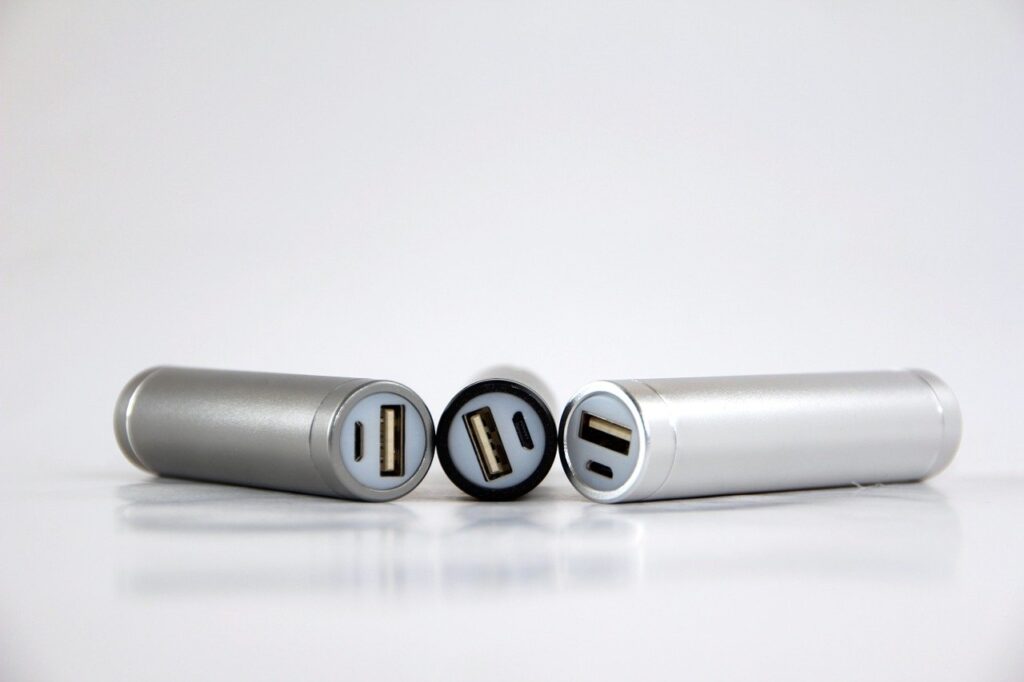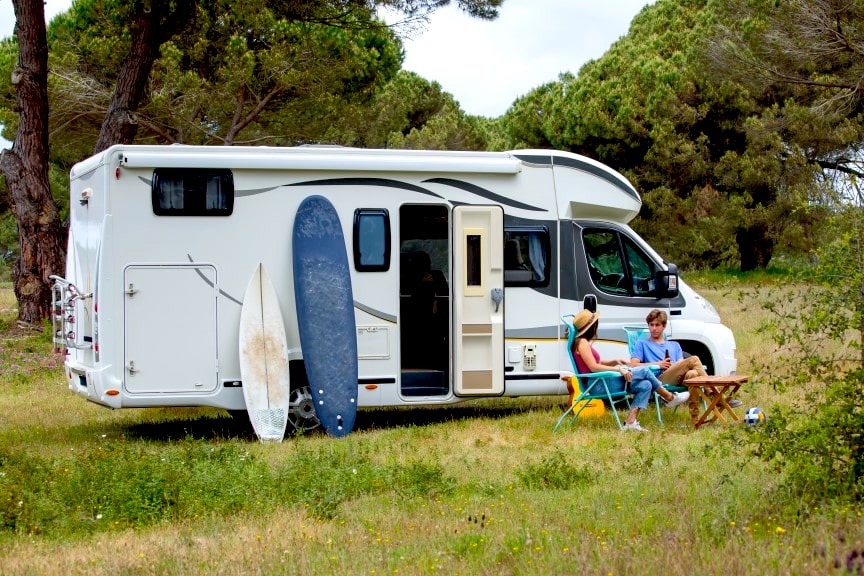Are you about to start your journey and wonder, Can you bring your portable charger on a plane? Well, keep reading. This article is tailor-made for you.
About flying, there has recently been a great deal of doubt. A carry-on bag is no longer permitted to include specific items; they must now get inspected. Nowadays, several nations prohibit using devices such as tablets or notebooks while traveling to the USA or the UK.
There are well-known locations like Turkey included in this. You won’t be able to use your computers to work during these lengthy flights; thus, this is the scenario. The use of mobile devices gets nonetheless permitted for passengers. Do you have good battery life for protracted travel on your electronics?
Do you never truly get a full charge out of your smartphone? Then, can you bring your portable charger on a plane? This guide will discuss the specifics of packing a portable charger on the plane.
Quick Summary: The response to whether a portable charger gets authorized on a flight is affirmative. But it can be unsafe for the airline to have extra-large portable chargers or several tiny ones with you. And most importantly, if the charges get located in the cargo compartment, where explosions are more challenging to control.
Read more about carrying external smartphone chargers on the plane.
It’s usually helpful to have additional battery life for your smartphone, particularly when traveling in a new place or region. But, you must verify the specifications beforehand because not all power banks or spare batteries will travel if you intend to carry them on the airline. Let’s look at can you bring your portable charger on a plane.
Can You Bring Your Portable Charger On A Plane?
It is challenging to distinguish what is permitted and what isn’t because the TSA has prohibited or limited several common goods. Yes, you are allowed to carry external chargers on the plane. However, there are restrictions on their storage requirements and their power.

TSA and FAA Regulations
The TSA and the FAA regulate products like external chargers and some other batteries. Only that gets decided upon for allowance to get transported on aircraft. They adhere to the following values:
Maximum Capacity
Which external charger sizes are allowed on airplanes? According to the FAA’s particular regulations, any additional batteries you carry on a plane should not exceed 100Wh. The most powerful external battery that may get brought on an aircraft, along with the exterior charger and capacity backup, is 100Wh.
Batteries with powers of 101 to 160 WH should also have preapproval from the airline. In comparison, batteries with more than 160 WH capabilities aren’t permitted to be transported on a plane.

Maximum Amount
The TSA or FAA sets no definite restrictions on the number of extra batteries less than 100Wh you are allowed to transport. But, they insist that all batteries should get kept for private usage only. They also do not allow the air transportation of extra batteries for eventual sale.
Related: Travelers & Backpackers Must-Have Free Traveling Apps
Storage
Portable chargers are permitted in carry-on luggage but aren’t allowed in checked baggage according to TSA rules. Portable chargers are incredibly harmful and can include explosives, burning risks, and the ability to detonate while in flight, which is why this restriction is in place.
Since safety devices are available there, crew personnel can snuff out flames in the cabin much more quickly than in the luggage compartment.
Suppose you put an extra power supply in your checked luggage. In that scenario, you can get prompted to take it out afterward, or even terrible. Airport personnel might capture and destroy it. Don’t forget to pack yours in your carry-on if you don’t wish anything like this to occur. Portable chargers must get stored to protect them from any short circuits. It is helpful to put extra chargers in retail packaging.
It is necessary to wrap back the connections if the battery pack is absent. Then a portable cover, plastic wrap, or other protecting bag gets put over the battery pack. Ensure they can’t get unintentionally turned on. Some travelers were uncertain whether the gadgets’ backup batteries were lithium-ion batteries. They should thus get properly transferred and preserved.
Power Output Indicator
Remember that portable chargers should indicate power capacity in adherence to safety laws, even if it gets often mentioned in airlines’ official guidelines. If your battery charger doesn’t explicitly display the power supply on the charging body, having the genuine package box along might be handy.
If the power produced is not indicated, authorities at the airport might seize it. Then, before passing through screening, you should surrender your reserve supply if you wish to board the aircraft. You must confirm your plane’s portable charger capacity and the rules of a specific carrier and airport. You could avoid many headaches at the airport with a brief cellphone call or email.

Checking the External Battery
Know you know can you bring your portable charger on a plane. But also know there have been incidents where portable chargers set fire to aircraft compartments. If they get kept among other combustible materials in the checking luggage section, terrible things may have occurred. Chemical events and electricity mishaps could happen anytime, anywhere, regardless of how secure the battery pack is.
These could result in an explosion or catastrophe on aircraft. To prevent severe devastation for safety precautions and to guarantee that all travelers would land securely and on schedule as planned. In this situation, strict limits on having extra batteries on planes are vital.
Bottom Line
You are permitted to bring a power bank on the flight. However, remember that it must fit in your carry-on belongings. They get handled as though they are a reserve lithium-ion battery that wasn’t attached. The allowable amount of the backup battery’s power cannot be greater than 160Wh. Hopefully, this guide has addressed your concerns. You can now move with the necessary power supply to ensure your gadgets get charged.









